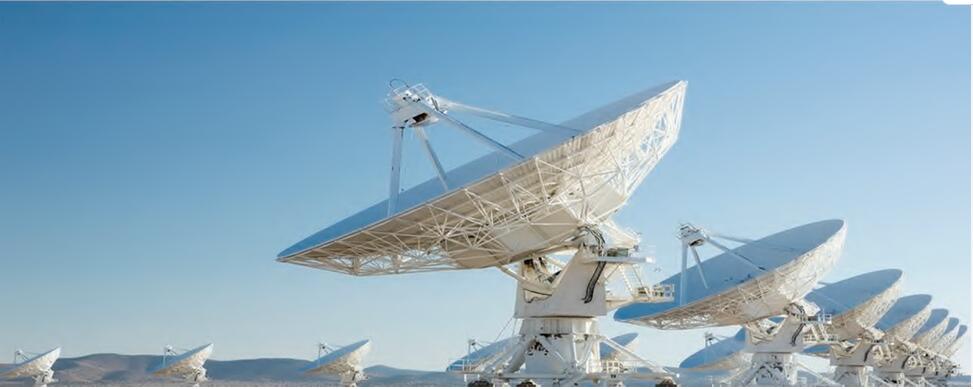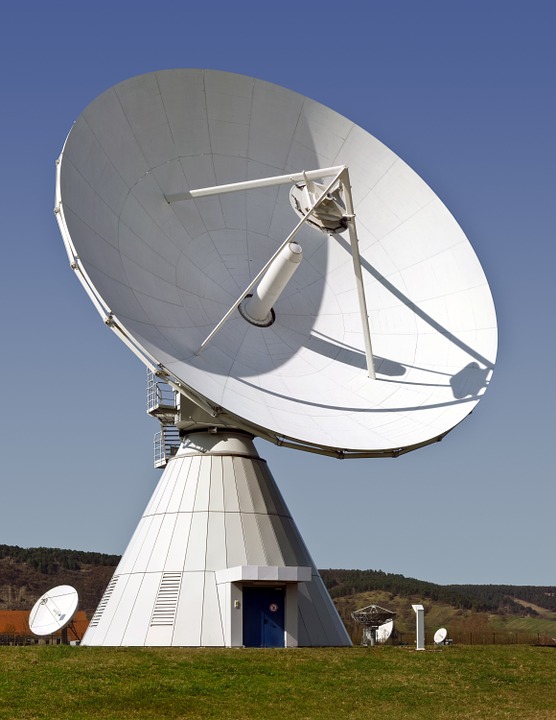Slip Ring Technology: Enhancing Radar Systems
Radar systems play a crucial role in various applications, ranging from military surveillance to air traffic control. These systems require the transmission of data, signals, and power between rotating and stationary parts. Slip rings are essential components that enable the seamless transfer of these signals, ensuring uninterrupted operation of radar systems. In this article, we will explore slip rings and their significance in radar technology.

What is a Slip Ring?
ᅠ ᅠ A slip ring, also known as a rotary electrical joint, is a device that facilitates the transmission of electrical signals, power, and data between a rotating and stationary part of a machine. It is designed to maintain a continuous connection, allowing the rotation of one part while maintaining electrical and signal integrity.
The Importance of Slip Rings in Radar Systems
ᅠ ᅠ ᅠ ᅠRadar systems rely on the rotation of antennas to scan the environment and detect objects. As the antenna rotates, it needs to transfer power, control signals, and data to and from the stationary components of the radar system. This is where slip rings come into play. By providing a reliable and continuous connection, slip rings enable the seamless transmission of critical signals between the rotating and stationary parts of the radar system.

Features and Benefits of Slip Rings in Radar Applications
1. Signal Integrity:
ᅠ Slip rings ensure the integrity of signals transmitted between the rotating and stationary parts of a radar system. They minimize signal loss, noise, and interference, allowing for accurate and reliable data transmission.
2. PowerTransmission:
ᅠ ᅠSlip rings enable the transfer of power from the stationary components to the rotating parts of a radar system. This ensures that the rotating antenna receives the necessary power to perform its scanning functions.
3. Data Transfer:
Slip rings facilitate the transmission of data between the rotating and stationary parts of a radar system. This includes radar data, control signals, and communication signals, allowing for real-time analysis and decision-making.
4. Durability and Reliability: Slip rings are designed to withstand harsh environmental conditions, including temperature fluctuations, moisture, and vibration. They are built to be robust and reliable, ensuring long-term performance and minimal maintenance.
5. Customization: Slip rings can be customized to meet the specific requirements of radar systems. This includes the number of channels, transmission capacity, and integration with other components. Customization allows for optimal performance and compatibility with different radar applications.

Applications of Slip Rings in Radar Systems
1. Military Surveillance:
ᅠ ᅠ Slip rings are integral to military radar systems used for surveillance, target tracking, and threat detection. They enable the rotation of antennas while ensuring seamless signal transmission, allowing for real-time situational awareness.
2. Air Traffic Control:ᅠ
ᅠ ᅠ Slip rings play a vital role in radar systems used for air traffic control. They enable the rotation of radar antennas, allowing for continuous scanning of airspace and detection of aircraft. The reliable transmission of signals and data ensures the safe and efficient management of air traffic.
3. Weather Monitoring:ᅠ
ᅠ ᅠSlip rings are essential in weather radar systems used for meteorological monitoring. They allow for the rotation of antennas, ensuring the collection of accurate weather data, including precipitation, wind speed, and storm tracking.
ᅠ ᅠ ᅠ ᅠ ᅠIn conclusion, slip rings are critical components that enhance the performance and functionality of radar systems. By enabling the seamless transmission of electrical signals, power, and data between rotating and stationary parts, slip rings ensure the uninterrupted operation of radar systems in various applications. Their durability, customization options, and reliability make them indispensable in the field of radar technology.
